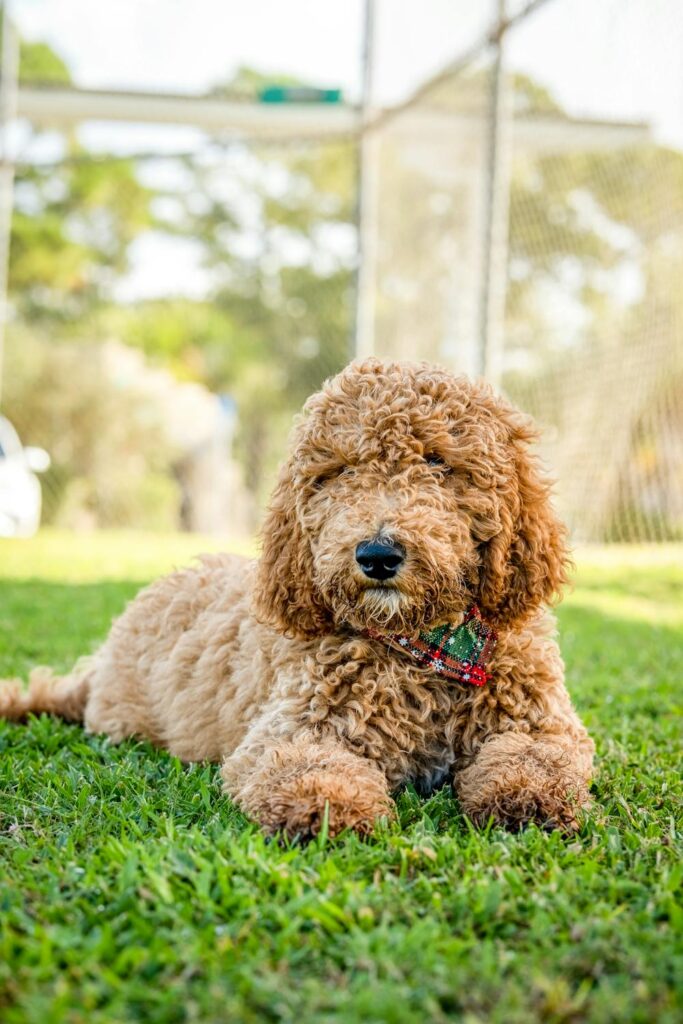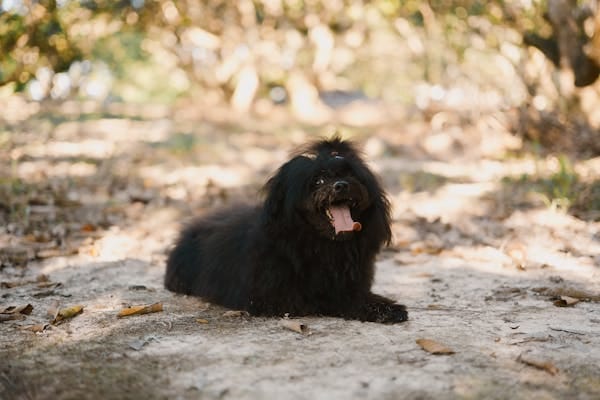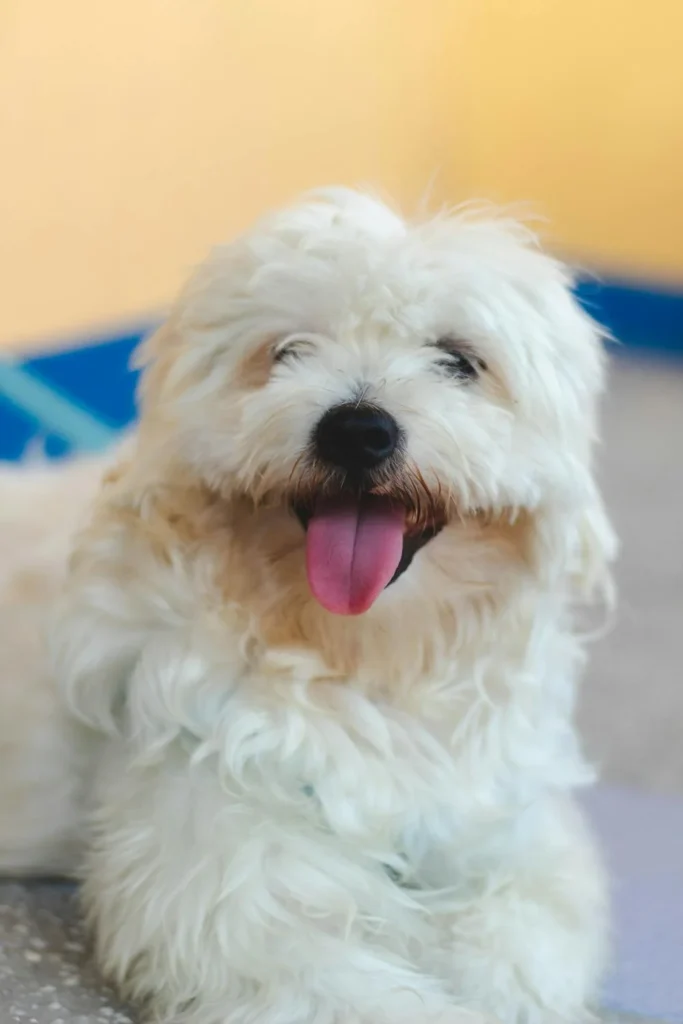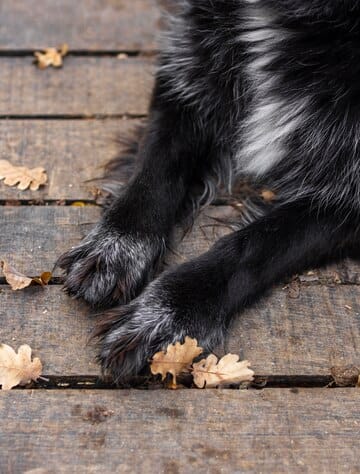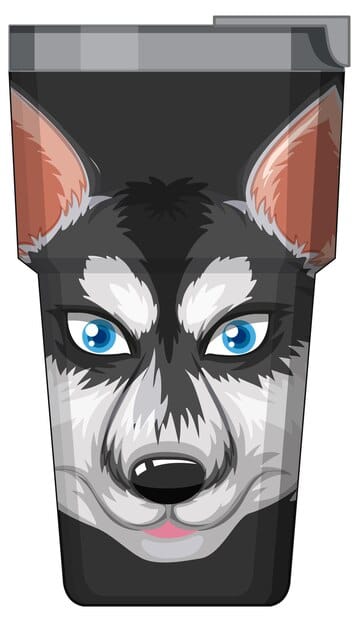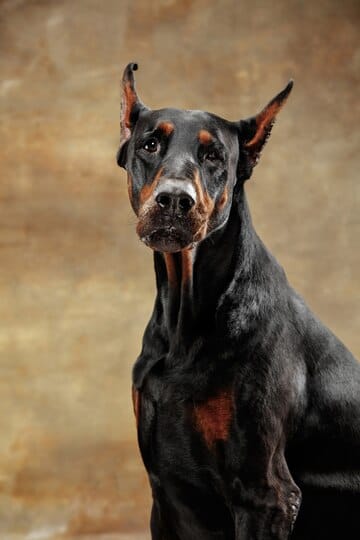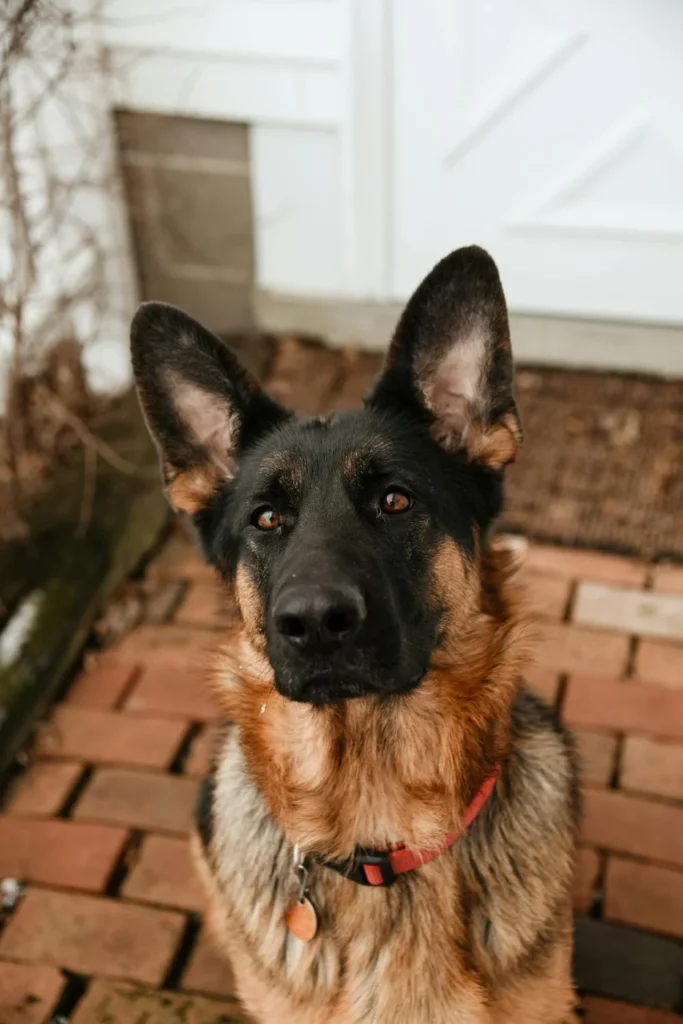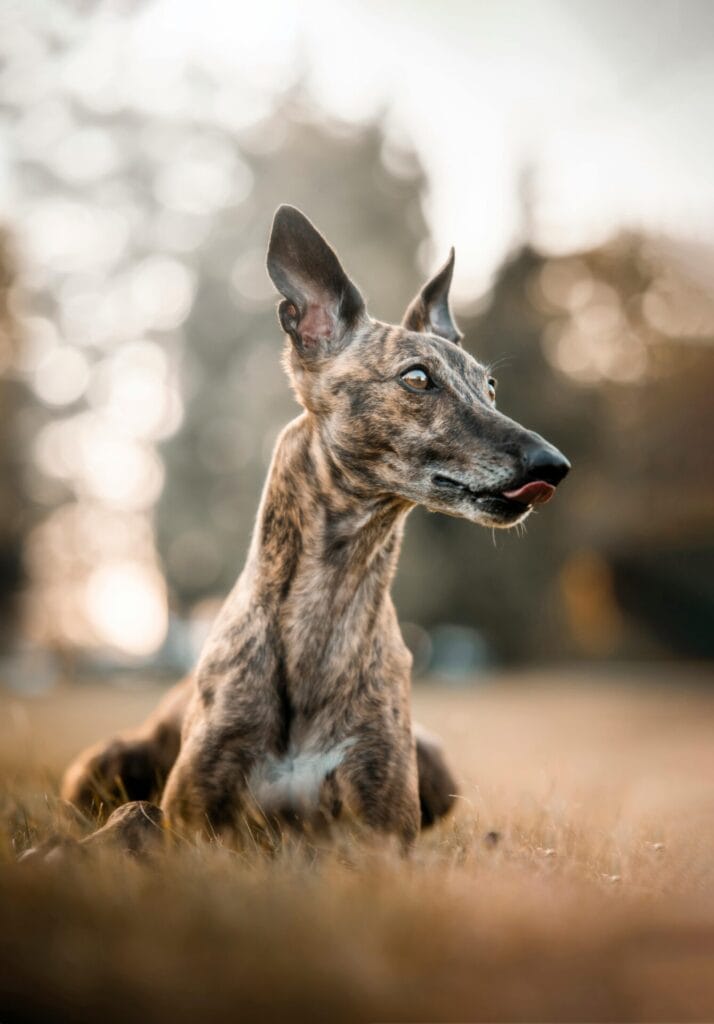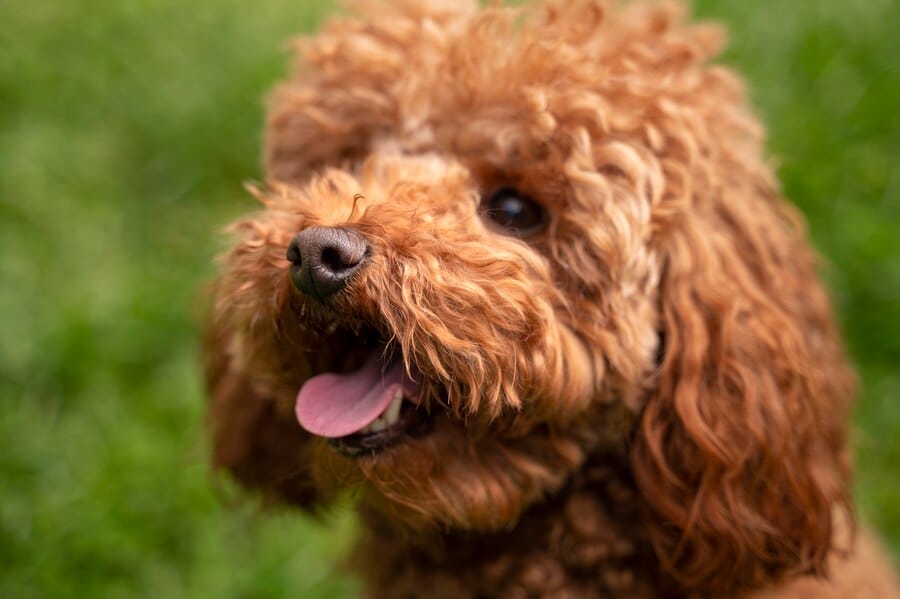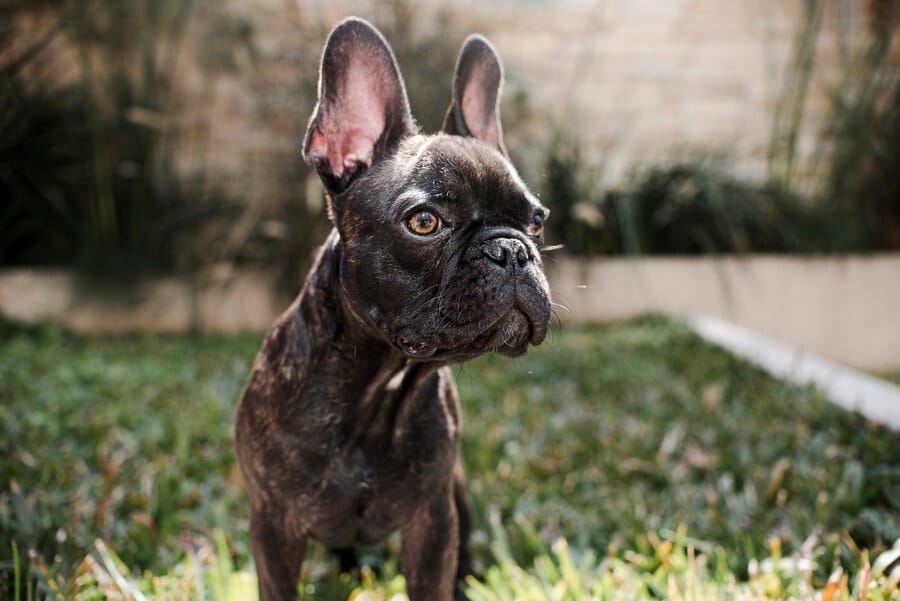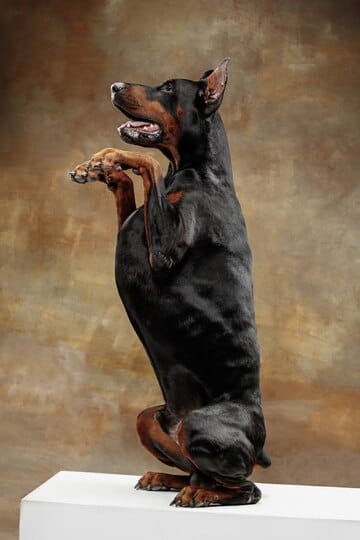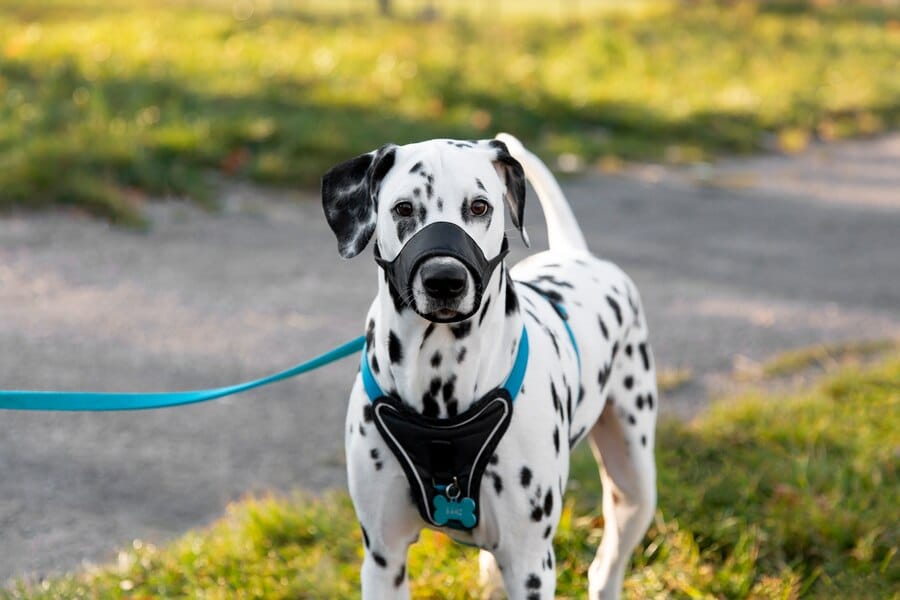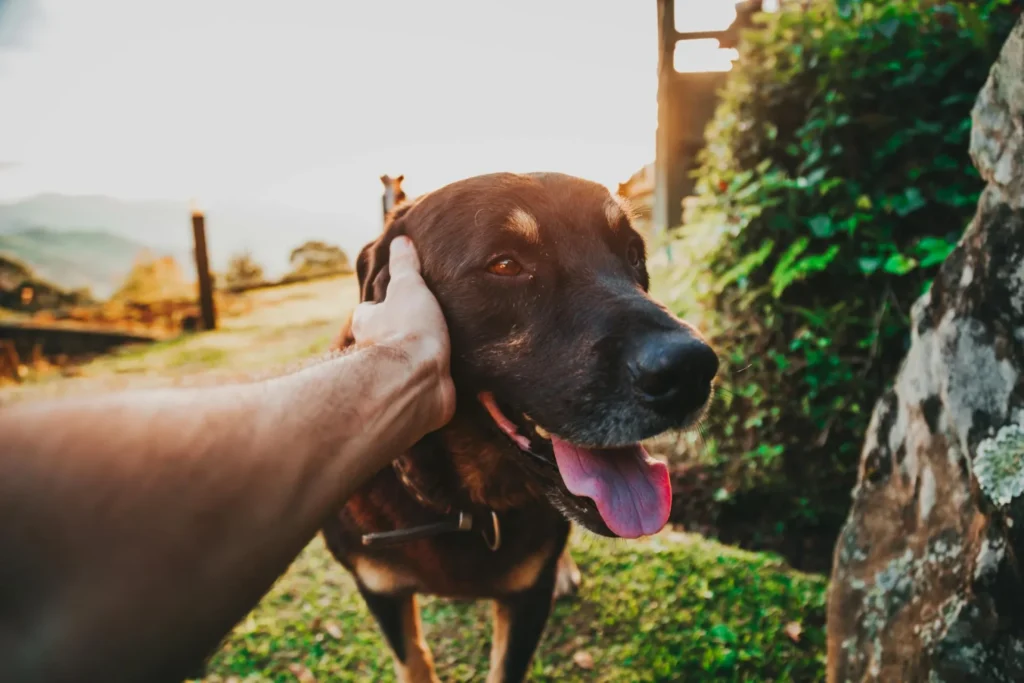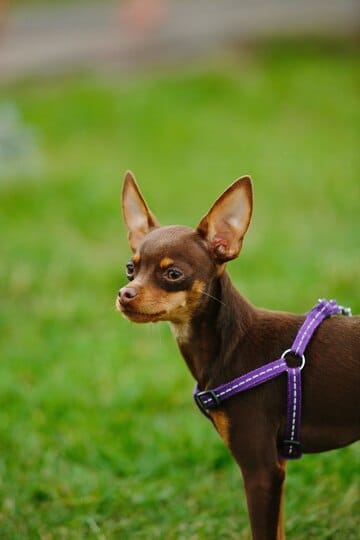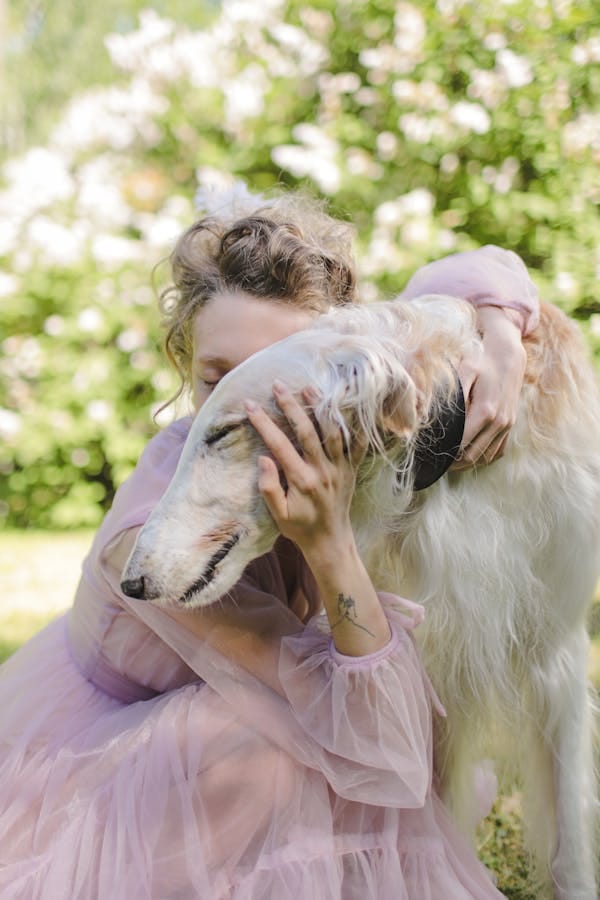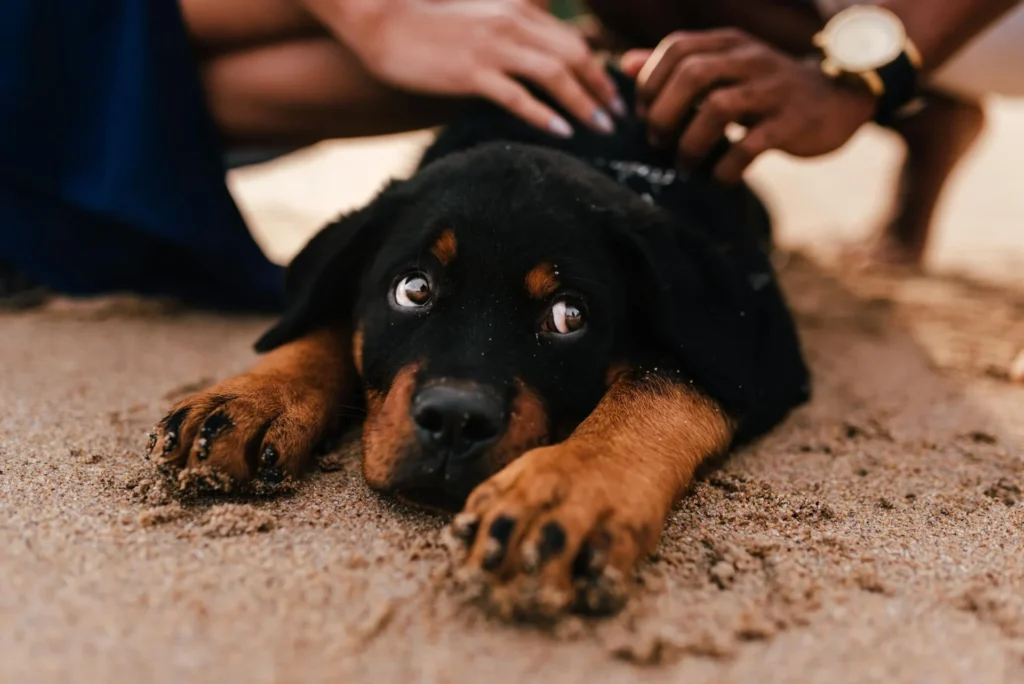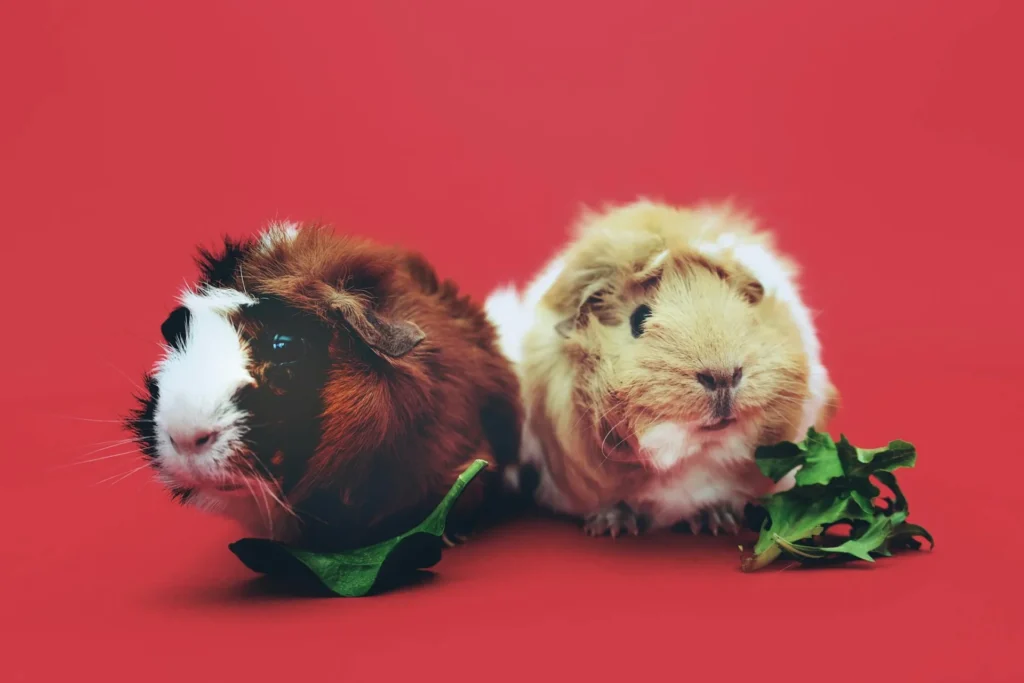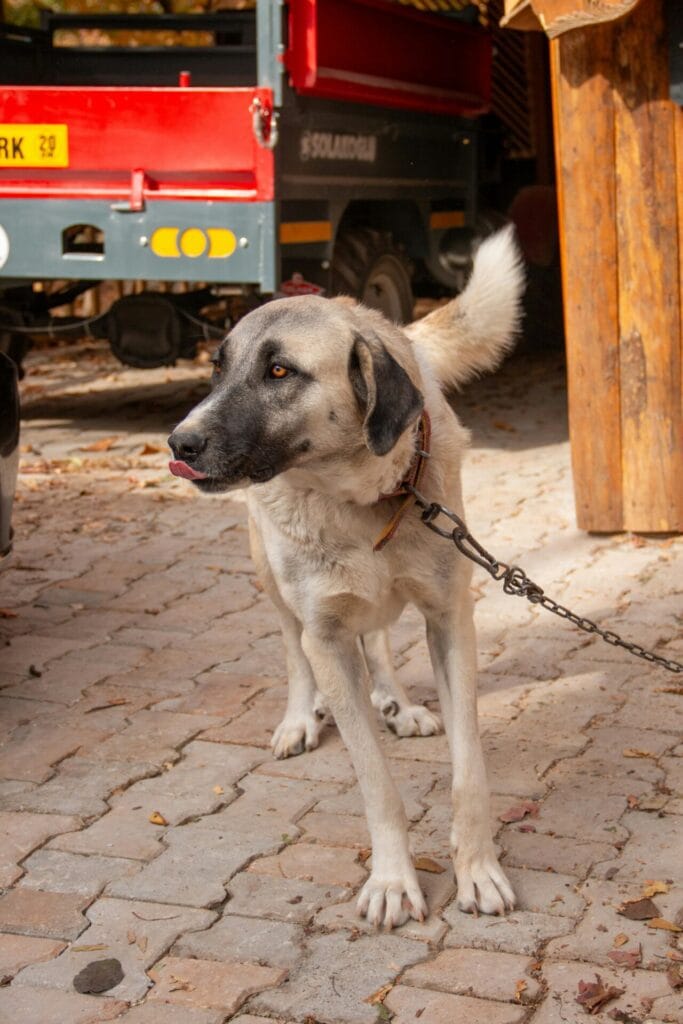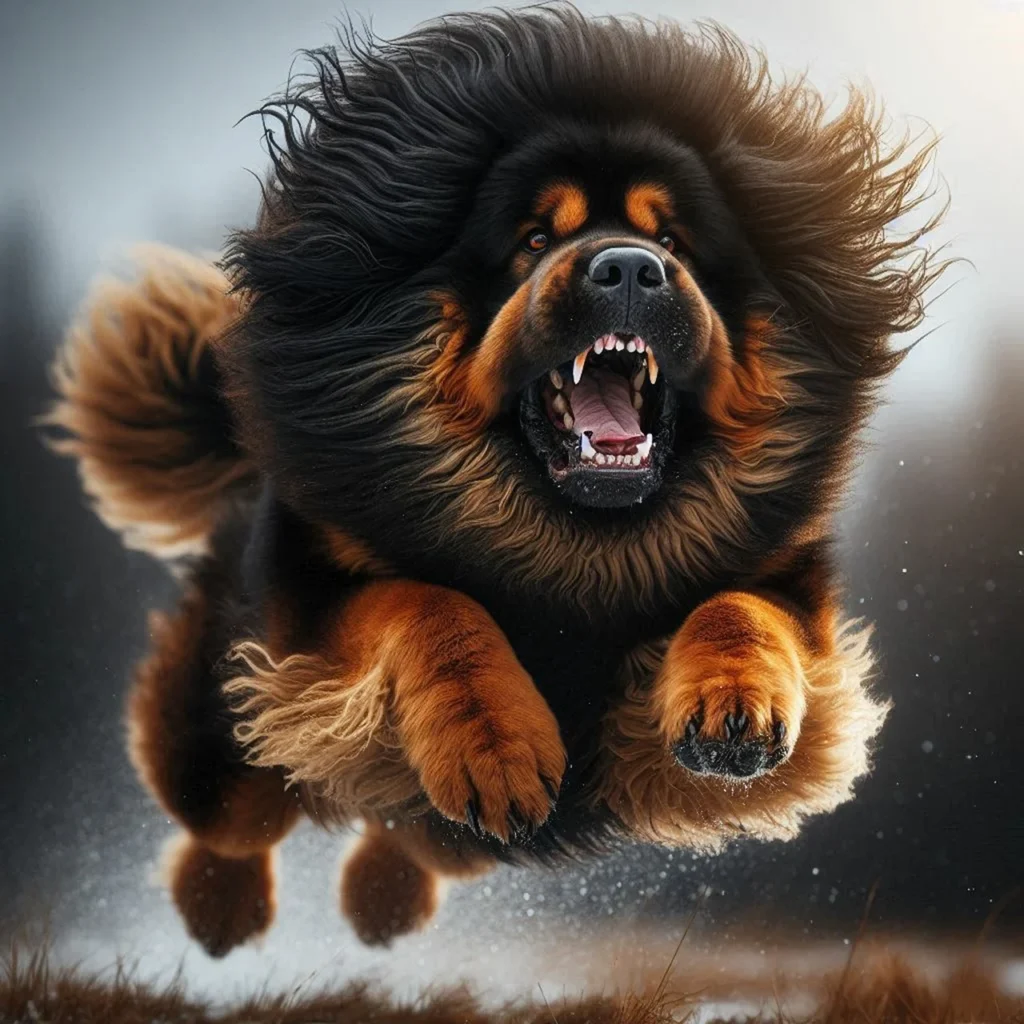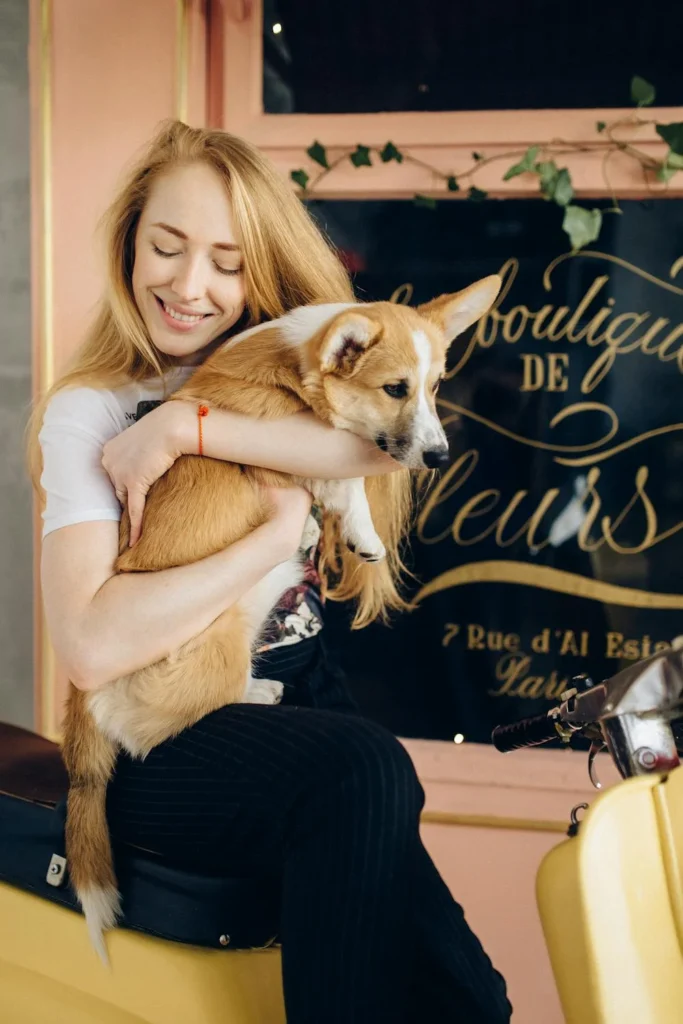- The Poodle’s Natural Origins and Human Influence
- The Natural Roots of Poodles 🌳
- Human Influence on Poodle Development 🧬
- Are Modern Poodles Natural? The Verdict 🧑⚖️
- Pros and Cons of the Modern Poodle Breed 📊
- The Future of Poodles: Trends and Challenges 🔮
- Frequently Asked Questions (FAQs) ❓
- 1. Are poodles really French?
- 2. Why were poodles given their distinctive haircuts?
- 3. Are all poodles hypoallergenic?
- 4. Do poodles require professional grooming?
- 5. Are poodles good family dogs?
- 6. How long do poodles live?
- 7. Are poodles high-energy dogs?
- 8. Can poodles be left alone during the day?
- 9. Are poodles easy to train?
- 10. Do poodles have any breed-specific health issues?
- Conclusion: Embracing the Poodle’s Unique Heritage 🎉
The Poodle’s Natural Origins and Human Influence
Poodles, with their distinctive curly coats and regal bearing, often spark curiosity about their origins. Are poodles natural, or are they a human creation? Let’s dive deep into the fascinating world of poodles, exploring their history, development, and future.
The Natural Roots of Poodles 🌳
Poodles have a rich natural history that predates their fashionable image:
- Ancient water dogs: Poodles descended from early European water dogs
- Hunting heritage: Originally bred for retrieving waterfowl
- Natural adaptations: Developed water-resistant coats and webbed feet
Timeline of Poodle Evolution
| Era | Development | Purpose |
|---|---|---|
| Ancient times | Water dog ancestors emerge | Hunting assistance |
| Middle Ages | Refinement of water dog breeds | Specialized retrieving |
| 15th-16th centuries | Poodle breed takes shape in Germany and France | Waterfowl hunting |
| 18th-19th centuries | Smaller varieties developed | Truffle hunting, companionship |
| 20th century onwards | Breed standardization and show breeding | Shows, companionship, sports |
Human Influence on Poodle Development 🧬
While poodles have natural origins, human intervention has significantly shaped the breed:
- Size varieties:
- Standard (over 15 inches)
- Miniature (10-15 inches)
- Toy (under 10 inches)
- Coat colors: Range from solid colors to patterns like parti and phantom
- Distinctive clips: Developed for both practical and aesthetic purposes
- Temperament refinement: Bred for intelligence and trainability
Are Modern Poodles Natural? The Verdict 🧑⚖️
Today’s poodles are a blend of natural evolution and human-guided breeding:
- Natural foundation: Basic body structure, intelligence, water-loving nature
- Human influence: Coat styling, size variations, color diversity
Pros and Cons of the Modern Poodle Breed 📊
Pros:
- 🧠 Exceptional intelligence
- 🦷 Hypoallergenic, low-shedding coat
- 🏃♂️ Versatile in various dog sports
- 😊 Adaptable to different living situations
- 🐾 Generally healthy with a long lifespan
Cons:
- 💇♀️ High grooming needs and expenses
- 🏃♀️ High exercise requirements
- 🎭 Can be prone to anxiety or sensitivity
- 💰 Often expensive to purchase
- 🦴 Some breed-specific health issues
The Future of Poodles: Trends and Challenges 🔮
Positive Trends:
- Health-focused breeding practices
- Increasing use in service and therapy roles
- Growing appreciation for natural poodle looks
Challenges:
- Overbreeding and “designer” mixes
- Potential for exaggerated features in show lines
- Maintaining working abilities alongside appearance
Frequently Asked Questions (FAQs) ❓
1. Are poodles really French?
While often associated with France, poodles likely originated in Germany. The name “poodle” comes from the German word “pudel,” meaning “to splash in water.”
2. Why were poodles given their distinctive haircuts?
Originally, poodle clips were functional, not fashionable. The distinctive pompoms were left on joints and vital organs to keep them warm while swimming in cold water.
3. Are all poodles hypoallergenic?
While poodles are considered hypoallergenic due to their low-shedding coats, no dog is 100% allergen-free. Individual reactions may vary.
4. Do poodles require professional grooming?
Regular grooming is essential for poodles. While some owners learn to groom at home, many opt for professional grooming every 4-8 weeks.
5. Are poodles good family dogs?
Yes, poodles generally make excellent family pets. They’re intelligent, affectionate, and good with children when properly socialized.
6. How long do poodles live?
On average, poodles live 12-15 years, with smaller varieties often living longer than standard poodles.
7. Are poodles high-energy dogs?
Poodles have moderate to high energy levels. They require regular exercise and mental stimulation to stay happy and healthy.
8. Can poodles be left alone during the day?
Adult poodles can typically handle being alone for 4-6 hours, but they thrive on human companionship and may develop separation anxiety if left alone too long.
9. Are poodles easy to train?
Poodles are highly intelligent and generally easy to train. They excel in obedience and various dog sports.
10. Do poodles have any breed-specific health issues?
Like all purebred dogs, poodles can be prone to certain health issues, including hip dysplasia, eye problems, and certain skin conditions. Regular vet check-ups are important.
Conclusion: Embracing the Poodle’s Unique Heritage 🎉
Poodles represent a fascinating blend of natural canine evolution and human-guided breeding. Their journey from ancient water dogs to beloved companions showcases the enduring bond between humans and dogs.
As we look to the future, it’s crucial to balance the poodle’s natural heritage with responsible breeding practices. By appreciating their history and working to maintain their health and versatility, we can ensure that poodles continue to charm and amaze us for generations to come.
Whether you’re drawn to their intelligence, elegance, or loving nature, remember that every poodle carries the legacy of both nature’s design and human care. Let’s celebrate and preserve the unique qualities that make poodles truly special. 🐾💖

